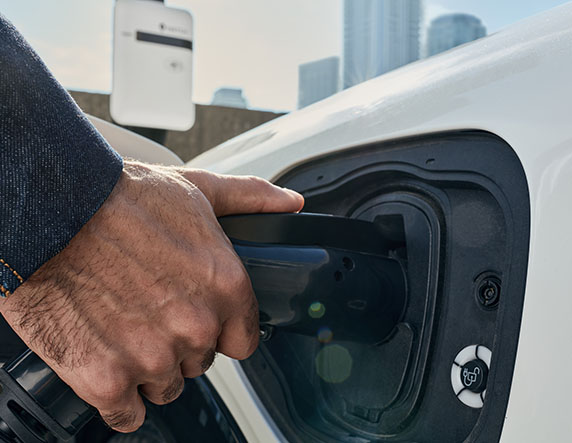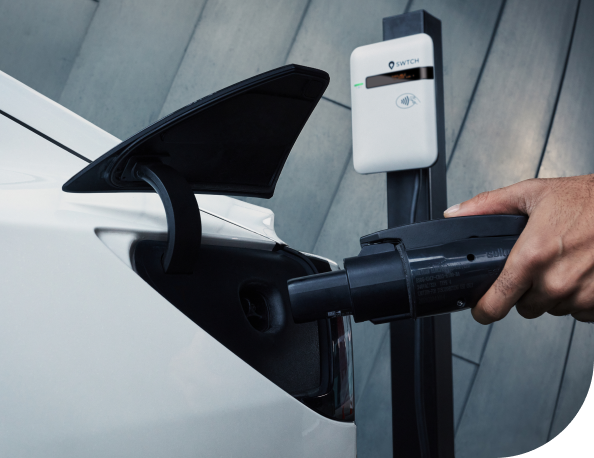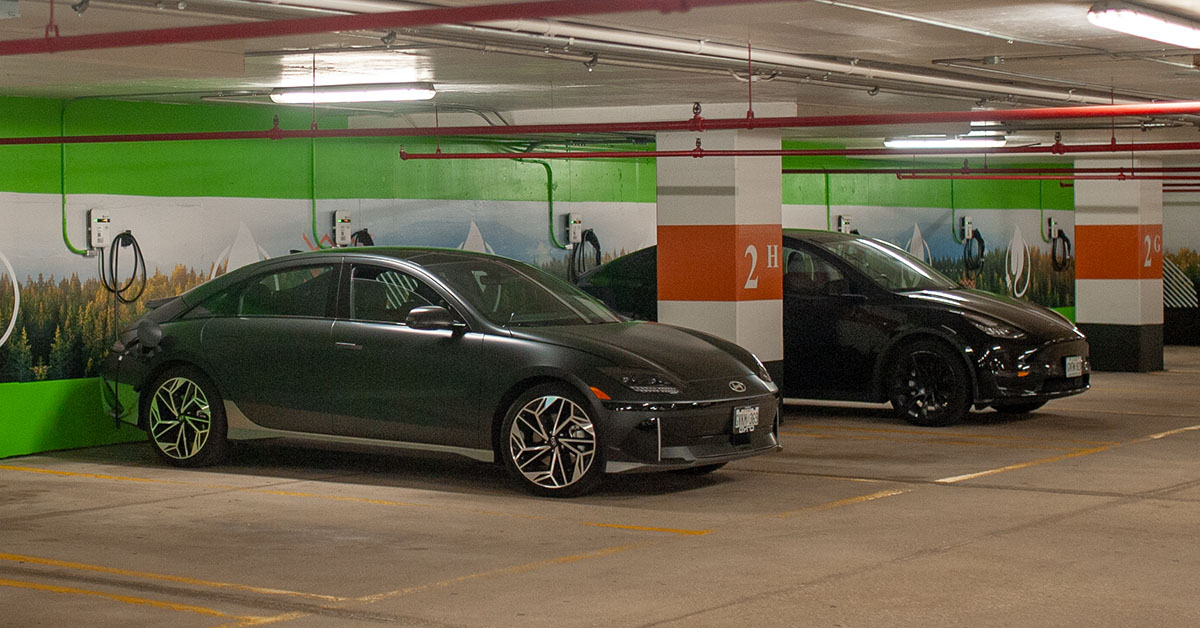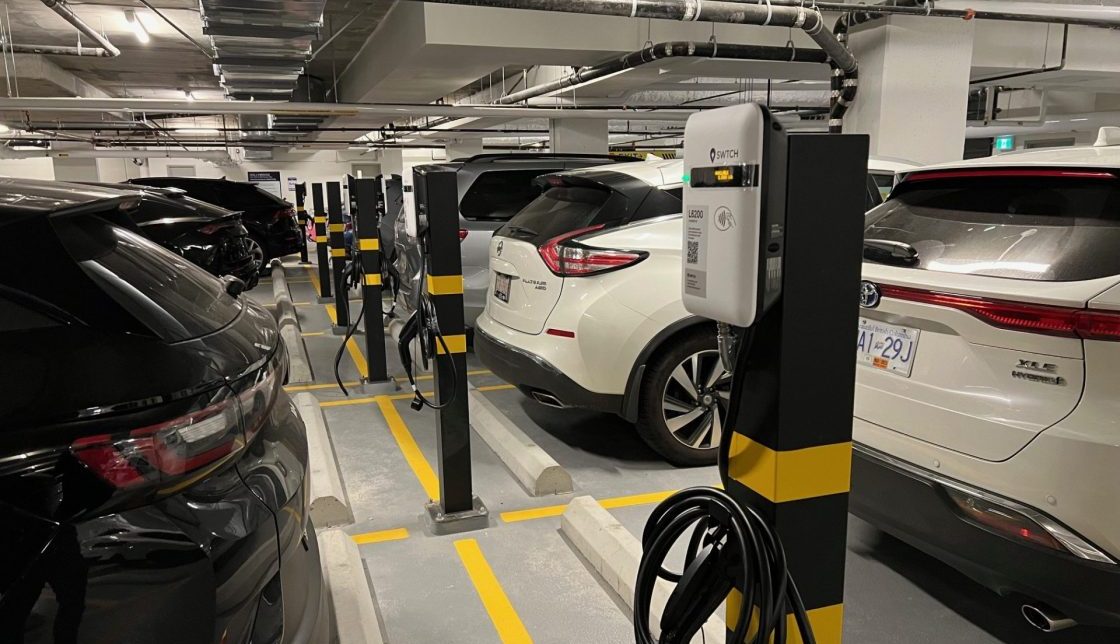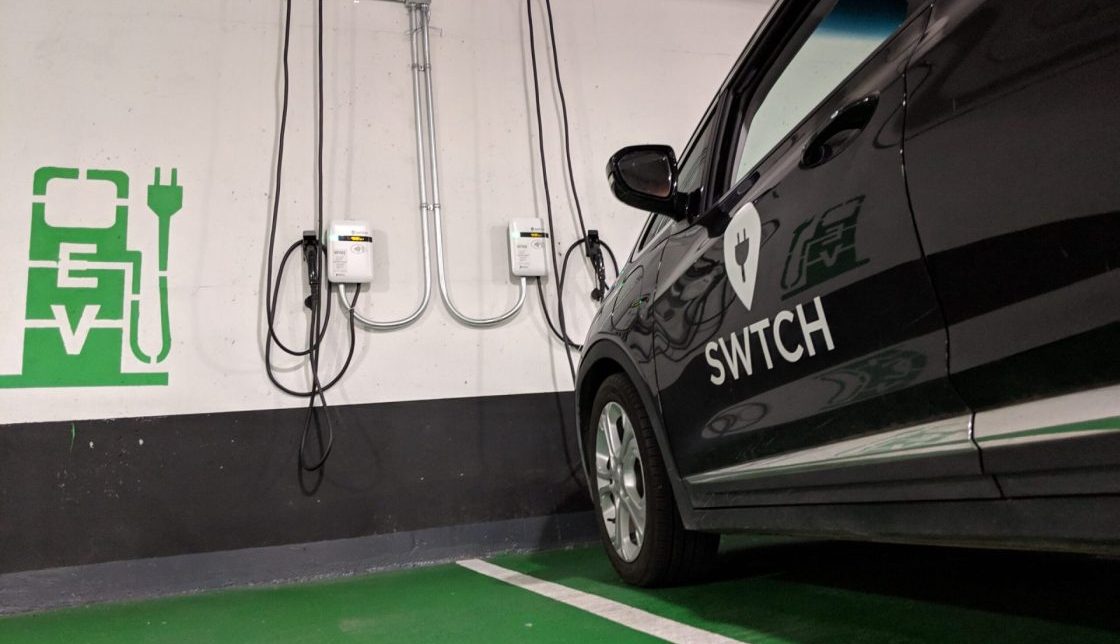Illinois’ New EV-Capable Parking Law Offers An Opportunity For Building Developers — If They Seize It
Written by Josh Cohen, Head of Policy for SWTCH.
Illinois is a national leader in decarbonizing transportation, with a bold commitment to have 1 million electric vehicles (EVs) on its roads by 2030. Though ambitious, the goal is ultimately achievable with the right supportive measures. Already, drivers across the United States are rapidly going electric, with nearly 10% of vehicle sales in 2023 zero emission. Illinois, in particular, has one of the highest EV registration rates in the country.
As the number of EVs increases, so too does the need for convenient and reliable charging infrastructure, which has eclipsed range as drivers’ primary concern when considering an EV. Charging is even more of a concern for residents of multifamily condominiums and apartment buildings, which have proven uniquely challenging to effectively install and manage EV chargers in. As a result, multifamily households tend to have reduced access to EV charging. To close this gap, Governor J.B. Pritzker recently signed into law a bill mandating EV charging capability in all new residential construction, including multifamily buildings. The legislation — officially known as the Electric Vehicle Charging Act — also bars landlords, condo boards, and homeowners associations from ‘unreasonably’ preventing residents from installing chargers.
Consumer and environmental advocacy groups have applauded this law (in effect since January 1, 2024) as a key step towards a fully electric future — and with good reason. It’s far more efficient and cost-effective to install charging infrastructure at the time of construction rather than retrofitting buildings after they’ve been built. Still, these new requirements do add additional costs and logistical considerations for developers who are already contending with inflation, supply chain constraints, and labor shortages.
Under Illinois’ new law, developers of most new single and multi-unit residential buildings must provide at least one EV-capable parking space for each unit with dedicated parking. Affordable housing developments are not required to meet this 1-to-1 ratio, but must still provide EV-capable parking. “EV-capable” means conduits are installed from on-site electrical panels to parking spaces. Each panel must have enough reserved capacity to support a dedicated 40 amp, 208/240V circuit for each space, unless flexible load management solutions will be installed. Developers are responsible for the initial, backend infrastructure costs, whereas residents must cover the wiring, the chargers, and any electricity consumed.
Without a flexible, on-demand way to manage the electrical load, the overall capacity needed to accommodate EV chargers at this one-to-one parking ratio can be daunting. For example, a large property with 100 charger-installed parking spaces would need around 4,000 amps of dedicated panel capacity. That’s equivalent to adding 1,000 window air conditioning units to the building. In addition to the direct monetary costs, adding such a massive amount of electrical capacity can lead to costly delays, as electric utilities may need to upgrade the grid to deliver the needed power. One California utility is months behind schedule in connecting more than 300 multifamily and commercial buildings that have already been built, largely because it failed to upgrade its grid to anticipate the power needs of EVs.
Finding a solution in intelligent load management
Fortunately, there’s a solution for developers to avoid the nightmare scenario of massive electrical upgrade costs and utility delays. Flexible load management solutions enable multiple chargers (usually three or four) to share a single circuit, meaning developers don’t have to install nearly as much capacity. Load management lets developers save tens, if not hundreds of thousands of dollars, while still delivering the benefits of EV charging to multi-family residents.
These software-based solutions can dynamically manage EV charging loads to avoid exceeding the electricity capacity of a given circuit and, importantly, that of a property. Residents can connect to their charging network via an app, customize charging preferences, and pay individually for their usage — all while responsibly using the building’s limited power supply. A range of other benefits come with load management solutions as well; drivers can harness cheaper, off-peak electricity rates, and property managers can schedule electricity usage for everything from laundry to EV charging, often with a single, integrated platform.
Illinois’ new Electric Vehicle Charging Act is a win-win-win for households looking to save money, building developers who want to provide cost-effective charging infrastructure for their residents, and Illinoisans who want cleaner air and want to do their part to fight climate change. Developers who want to make the most out of the law should plan ahead and leverage intelligent EV charging solutions which can save them money and reduce the risk of utility connection delays. Approached thoughtfully, developers can turn Illinois’ charging mandate into an opportunity.
Looking to install EV chargers in Illinois?
Don’t miss our guide to the ComEd Make-Ready Rebate Program!
